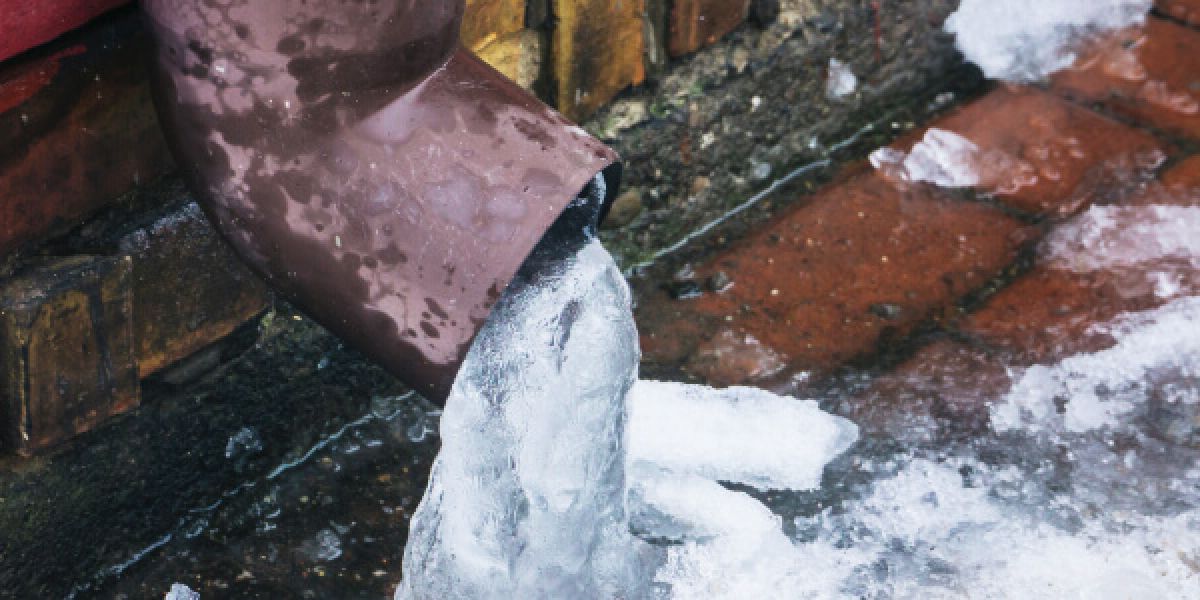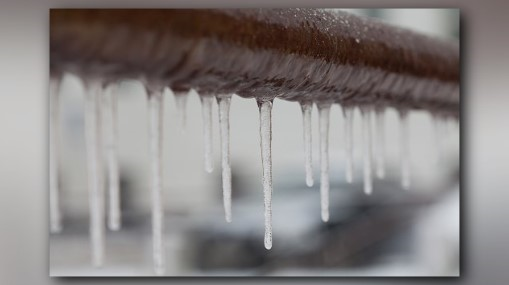Ways to Safeguard Your Plumbing from Freezing: Key Tips
Ways to Safeguard Your Plumbing from Freezing: Key Tips
Blog Article
The content on the next paragraphs on the subject of Helpful Tips to Prevent Frozen Pipes this Winter is absolutely enlightening. Don't miss it.

Cold weather can damage your pipes, specifically by freezing pipelines. Right here's just how to prevent it from happening and what to do if it does.
Introduction
As temperature levels decrease, the risk of frozen pipelines boosts, possibly resulting in pricey repair services and water damages. Comprehending just how to prevent frozen pipelines is essential for house owners in cool environments.
Understanding Frozen Pipes
What triggers pipelines to ice up?
Pipelines ice up when exposed to temperatures below 32 ° F (0 ° C) for expanded periods. As water inside the pipes ices up, it expands, putting pressure on the pipeline wall surfaces and possibly creating them to rupture.
Dangers and damages
Frozen pipelines can lead to water supply disruptions, residential or commercial property damage, and pricey repair services. Ruptured pipes can flood homes and trigger substantial architectural damages.
Indicators of Frozen Piping
Identifying frozen pipes early can prevent them from bursting.
How to recognize icy pipelines
Try to find reduced water flow from faucets, unusual odors or sounds from pipelines, and noticeable frost on subjected pipes.
Avoidance Tips
Protecting vulnerable pipes
Cover pipes in insulation sleeves or utilize heat tape to shield them from freezing temperature levels. Focus on pipelines in unheated or outside areas of the home.
Heating strategies
Maintain interior rooms sufficiently warmed, particularly locations with pipes. Open up closet doors to allow warm air to circulate around pipes under sinks.
Securing Exterior Pipes
Yard tubes and exterior taps
Separate and drain pipes yard hose pipes prior to winter months. Mount frost-proof faucets or cover outside faucets with shielded caps.
What to Do If Your Pipelines Freeze
Immediate actions to take
If you believe icy pipes, keep faucets open up to soothe stress as the ice melts. Make use of a hairdryer or towels taken in hot water to thaw pipelines slowly.
Long-Term Solutions
Architectural modifications
Think about rerouting pipelines away from outside walls or unheated locations. Add additional insulation to attic rooms, cellars, and crawl spaces.
Updating insulation
Buy top notch insulation for pipelines, attic rooms, and wall surfaces. Correct insulation assists preserve constant temperature levels and lowers the threat of icy pipelines.
Final thought
Stopping frozen pipes calls for positive procedures and quick responses. By recognizing the causes, signs, and preventive measures, home owners can shield their plumbing throughout cold weather.
5 Ways to Prevent Frozen Pipes
Drain Outdoor Faucets and Disconnect Hoses
First, close the shut-off valve that controls the flow of water in the pipe to your outdoor faucet. Then, head outside to disconnect and drain your hose and open the outdoor faucet to allow the water to completely drain out of the line. Turn off the faucet when done. Finally, head back to the shut-off valve and drain the remaining water inside the pipe into a bucket or container. Additionally, if you have a home irrigation system, you should consider hiring an expert to clear the system of water each year.
Insulate Pipes
One of the best and most cost-effective methods for preventing frozen water pipes is to wrap your pipes with insulation. This is especially important for areas in your home that aren’t exposed to heat, such as an attic. We suggest using foam sleeves, which can typically be found at your local hardware store.
Keep Heat Running at 65
Your pipes are located inside your walls, and the temperature there is much colder than the rest of the house. To prevent your pipes from freezing, The Insurance Information Institute suggests that you keep your home heated to at least 65 degrees, even when traveling. You may want to invest in smart devices that can keep an eye on the temperature in your home while you’re away.
Leave Water Dripping
Moving water — even a small trickle — can prevent ice from forming inside your pipes. When freezing temps are imminent, start a drip of water from all faucets that serve exposed pipes. Leaving a few faucets running will also help relieve pressure inside the pipes and help prevent a rupture if the water inside freezes.
Open Cupboard Doors
Warm your kitchen and bathroom pipes by opening cupboards and vanities. You should also leave your interior doors ajar to help warm air circulate evenly throughout your home.

Hopefully you liked our section on Winter Plumbing Precautions: Preventing Frozen Pipes. Thank you so much for taking a few minutes to read our content. Enjoyed reading our blog entry? Please share it. Help someone else discover it. Thanks a lot for being here. Kindly come by our blog back soon.
Call Today Report this page